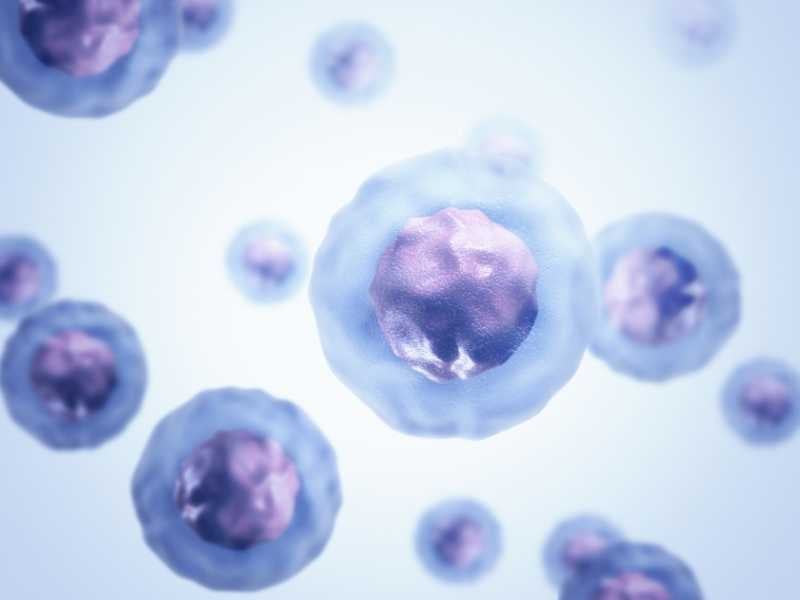RMA of Southern California Dr. Katherine Green was interested to see if cumulus cells (the outer layer of cells from a female egg) had any impact on IVF outcomes. She wanted to know whether these otherwise discarded cells can provide insight into whether a patient’s IVF treatment will lead to a live birth.
She decided to see for herself. Her findings were published in the journal Fertility and Sterility.
Cumulus Cells Hypothesis and Methodology
In an optimally designed study, Dr. Green analyzed the IVF outcomes of patients who had two embryos transferred but only one live birth. She wanted to know why one embryo lead to a live birth and the other did not.
Both embryos were screened and found to be euploid (chromosomally balanced), and both were created and transferred at the same – into the same person. Dr. Green sought to find the key differences between the eggs used to create the two embryos.
During an IVF cycle, the cumulus cells of an egg are removed and discarded before the egg is fertilized.
Dr. Green wondered if, because of their proximity to the egg, the cells contain useful information about the DNA and quality of the egg they surround. If so, assessing these cells in conjunction with comprehensive chromosome screening could give doctors the ability to better select embryos for transfer with the highest potential for a live birth.
In this study, Dr. Green was able to control for all outside factors by comparing sibling embryos within the same cohort – something that no other study has done before.
Cumulus Cells and IVF: The Results
In the end, Dr. Green found similar profiles between cumulus cells associated with a chromosomally normal embryo resulting in live birth and its sibling embryo that did not sustain implantation.
The conclusion? Cumulus cells do not contain information that can help us predict IVF outcomes.
Our Continued Journey Toward Better IVF Success
When it comes to infertility treatment, our doctors are constantly pushing the envelope to advance success rates. They are always asking, “how can we improve patient outcomes? Are there key predictors we don’t know about yet?”
Despite these findings, this research is valuable to guide continued efforts at refining the embryo selection process. There have been so many advancements in the field of assisted reproductive technology, and none of them would be possible without the dedication of doctors, scientists and researchers who make vital investments in improving patient outcomes.
At RMA of Southern California, we are committed to practicing evidence-based medicine and validate all our methods and techniques. “Assisted reproductive medicine is such a new and exciting field,” said Dr. Green. “Through research, we’ll be able to consistently learn more and provide better IVF outcomes to patients.”




